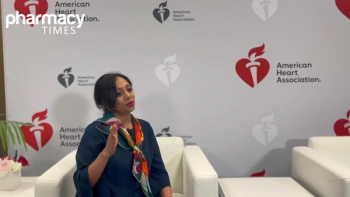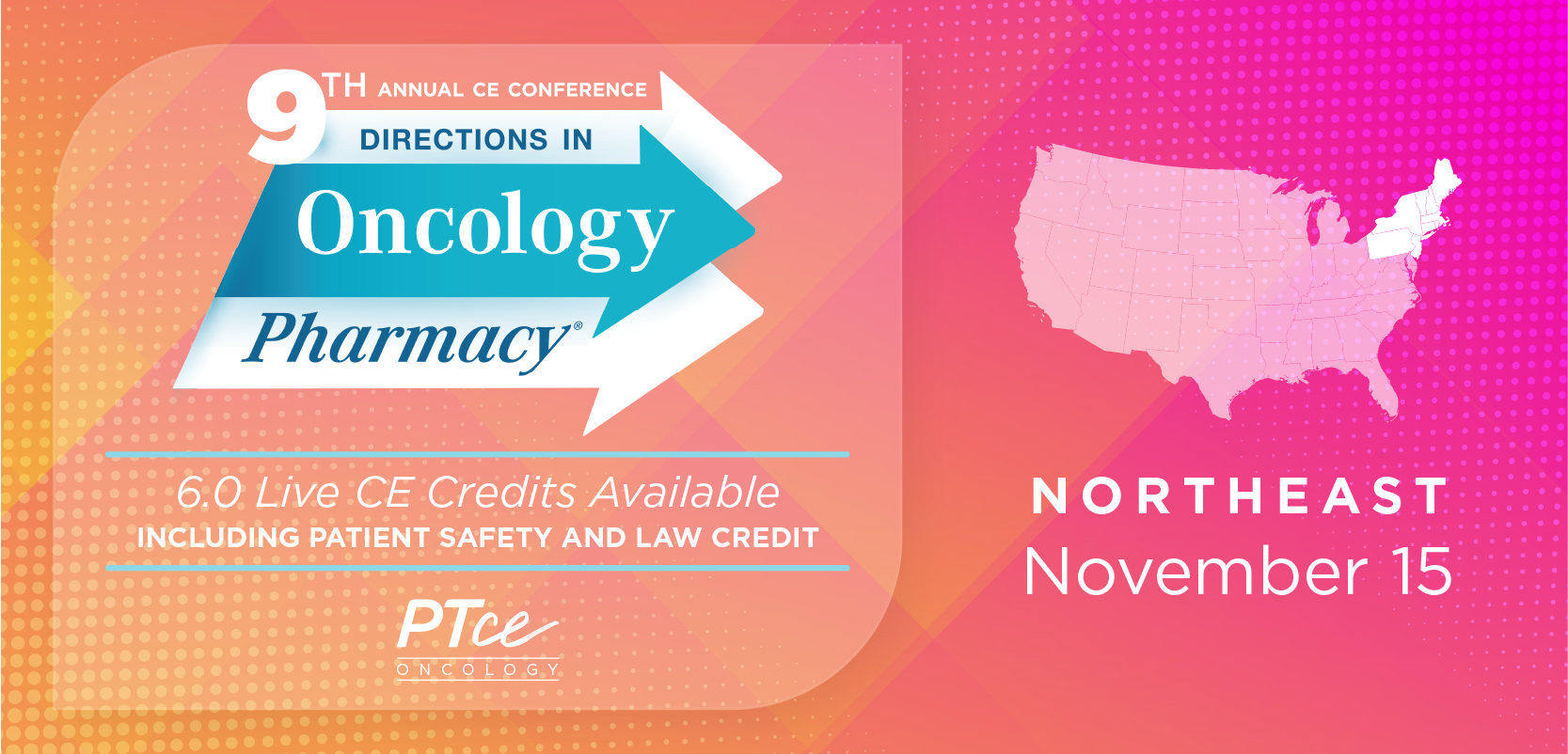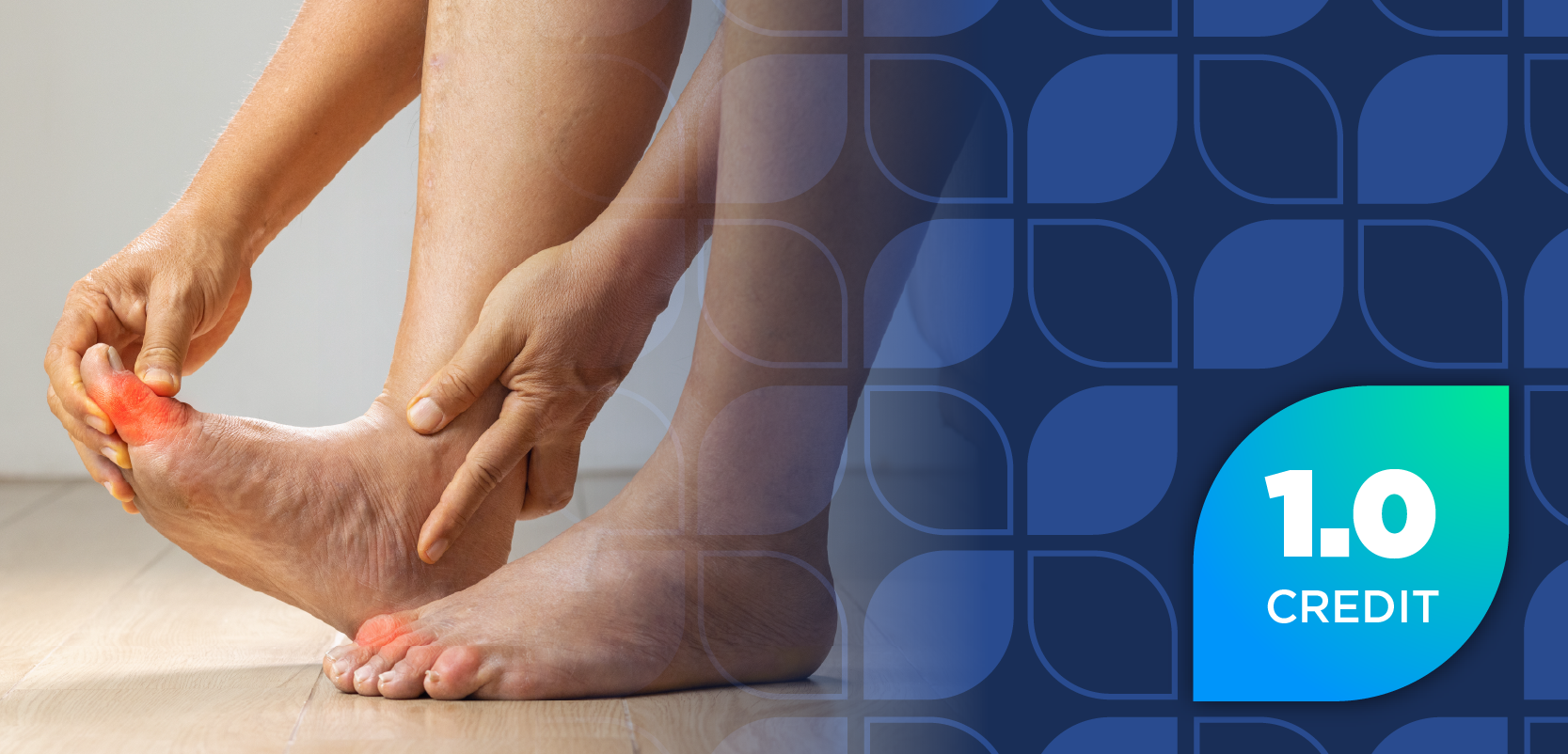
Addressing Disparities Across the Continuum of Heart Valve Disease Care
Expert reveals ongoing disparities in heart valve disease care, stressing the need for improved diagnosis and treatment equity for vulnerable populations.
At the American Heart Association Scientific Sessions 2025 in New Orleans, Sammy Elmariah, MD, MPH, FAHA, discussed the significant barriers and disparities that persist across the continuum of care for patients with heart valve disease. He emphasized that management begins with accurate diagnosis, yet disparities often emerge as early as the echocardiographic identification of disease. Even for severe conditions such as aortic stenosis—which carries high morbidity and mortality if untreated—studies have shown that up to 50% of patients remain untreated after two years.
He noted that these treatment gaps disproportionately affect women, minority populations, and older adults, leading to poorer outcomes among these groups. He further highlighted the need to examine disparities in the diagnostic process itself, including who receives an echocardiogram and whether murmurs are detected during initial evaluations.
Pharmacy Times: How does the new Heart Valve Initiative build upon the existing Target: Aortic Stenosis™ program to improve early detection and timely treatment for patients with valve disease?
Sammy Elmariah, MD, MPH, FAHA: Well, it’s a fantastic question. The AHA’s Heart Valve Initiative is going to hopefully supercharge the Target AS Initiative—not only expanding the number of sites being enrolled from approximately 80 to about 200—but also broadening the initiative to focus on other forms of heart valve disease, which is truly exciting.
So, it’s no longer just targeting aortic stenosis; it’s really targeting all valvular heart disease. There are other elements to it as well. Beyond the quality improvement initiative, there are components that aim to accelerate research in this space so we can identify new strategies for improving quality of care.
There will also be efforts to enhance physician education and increase awareness of valvular heart disease, along with additional initiatives to bolster patient engagement and involvement in their care.
Pharmacy Times: What are the biggest current barriers to the timely diagnosis of aortic stenosis, and how can pharmacists and other frontline clinicians help close those gaps?
Elmariah: That’s a very complex question. I would say there are a number of barriers. When we think about the management of heart valve disease, we have to view it as a continuum. We start, of course, with diagnosis. Many of the disparities and instances of undertreatment that we’ve uncovered in managing patients with heart valve disease begin with the echocardiographic diagnosis.
Even with aortic stenosis, which carries a very high rate of morbidity and mortality when left untreated, studies have shown that 50% of patients do not receive treatment even within two years—a dismal number. The extent of undertreatment also appears to disproportionately affect women, minority groups, and the elderly. These populations are more likely to experience poor outcomes related to untreated aortic stenosis.
I’m going through these details to emphasize that disparities exist not only in access to specialists for treatment but likely also in diagnosis—specifically, who actually receives an echocardiogram. That’s an area we haven’t yet been able to fully investigate.
When we consider the full continuum of care—from the moment a patient is seen by a first-line provider—we must ask: Is a stethoscope used? Is a murmur detected? Is an echocardiogram ordered? The first crucial step is increasing the rigor with which we screen for heart valve disease so that patients can receive the necessary imaging to identify lesions that require treatment.
Beyond diagnosis, the next challenge is ensuring timely referral to specialists who can guide patients through the evaluation process and ensure they receive appropriate and timely treatment.
Newsletter
Stay informed on drug updates, treatment guidelines, and pharmacy practice trends—subscribe to Pharmacy Times for weekly clinical insights.






















































































































































































































